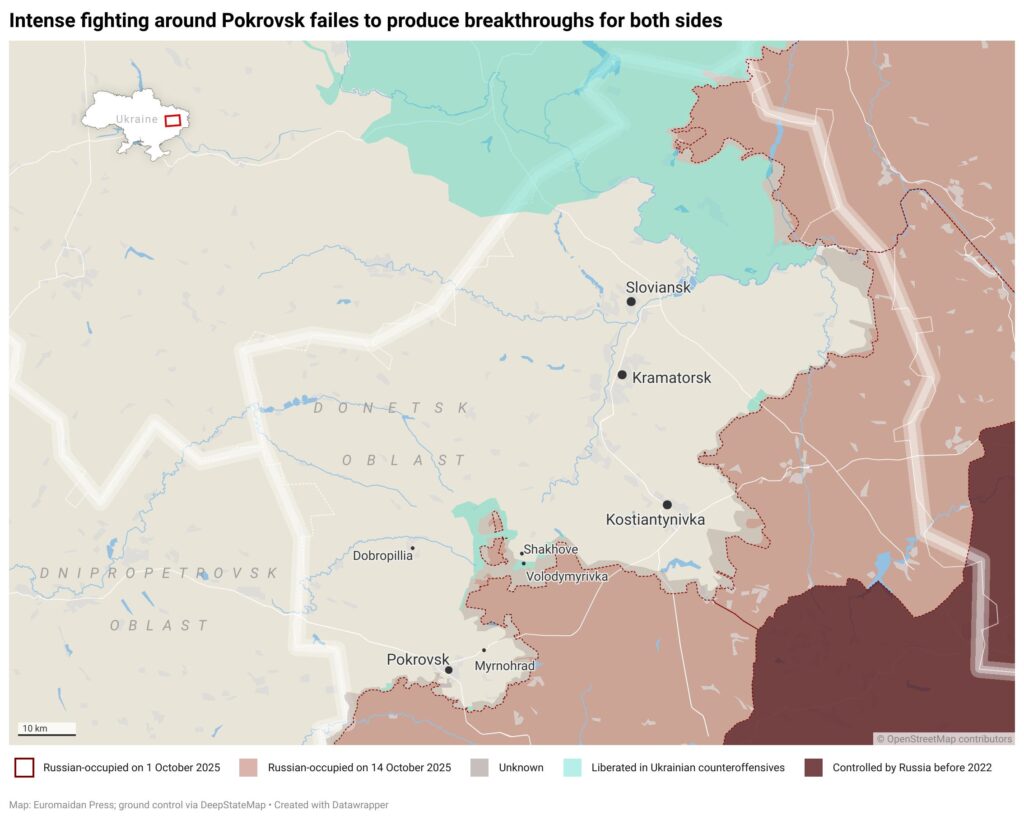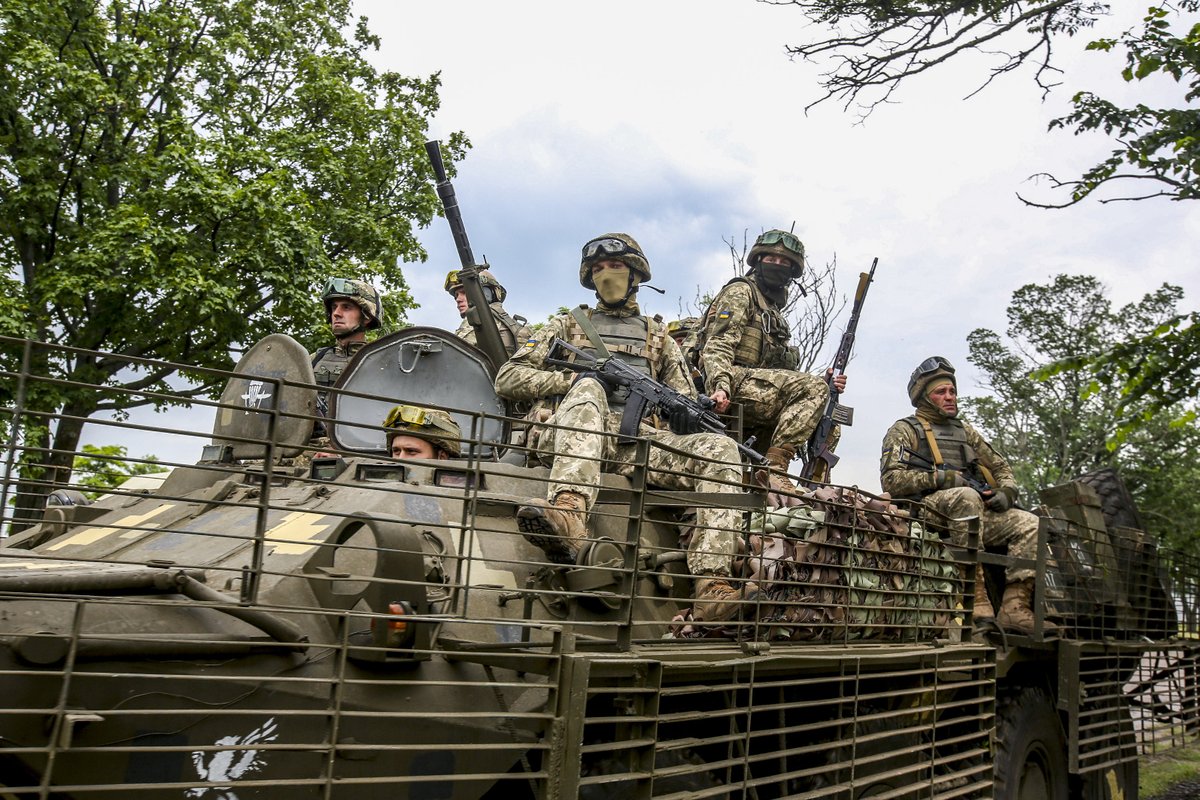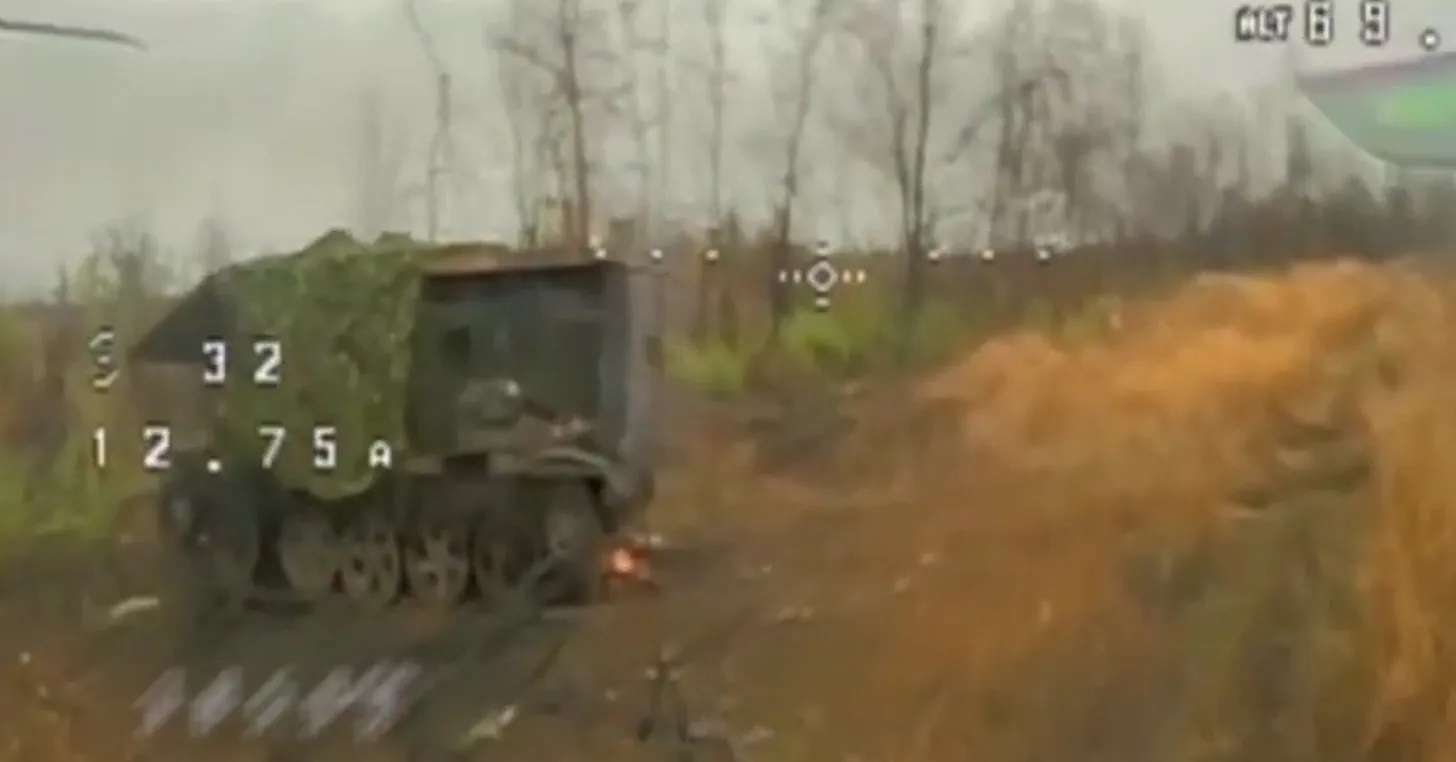- Russians rode a very weird armored vehicle into action near Pokrovsk
- The vehicle's identity is a mystery, but its purpose is obvious: to protect infantry from drones
- Russians are attacking with vehicles again after a long break from mechanized attacks
- Mech assaults could accelerate Russian gains
When the Russian army’s 5th Motor Rifle Brigade hurled 18 armored vehicles—a porcupine tank and 17 infantry fighting vehicles—in the direction of the fortress city of Pokrovsk in eastern Ukraine on Monday, they brought along at least one very strange IFV.
Weird and ugly, the vehicle is nevertheless part of a potentially effective approach.
Yes, the Russians are losing a lot of troops and vehicles in their new wave of mechanized assaults targeting Ukrainian positions around Pokrovsk, one of the last urban strongpoints between multiple Russian field armies and the twin cities of Kramatorsk and Sloviansk.
No, that doesn't mean the Russians are losing. In fact, they may soon notch some significant gains.

On Monday, drones and artillery from the Ukrainian 79th Air Assault Brigade blew up that 5th Motor Rifle Brigade tank and 12 of the attacking IFVs just east of Myrnohrad and killed "about a hundred occupiers," according to the brigade. "The remnants of the enemy units retreated, suffering significant losses."
But the defeat belies a sound strategy.
Sending in tanks and IFVs in large numbers for the first time in many months—instead of relying on footborne infantry and motorcycle troops—the Russians risk expending their last major reserves of armored vehicles. But they also stand to advance along several axes in eastern Ukraine.
That's because the vehicles can carry infantry across the wide, drone-patrolled no-man's-land, safely depositing at least some of the troops in new positions before Ukraine's drones overwhelm the vehicles and many—but sometimes not all—of the infantry.
It only takes a few Russian infantry, hunkering in a captured trench or the basement of some ruined building, to secure a lodgment.
"Russian troops that make it into cover will often lie low and await successive waves to follow until a critical mass of troops have entered the defensive positions, at which point they will rush to the defender," Jack Watling and Nick Reynolds wrote in a February study for the Royal United Services Institute in London.
Vehicular assaults "are definitely being faster in terms of advance and capturing the territory," Ukrainian drone operator Kriegsforscher noted as he and other operators fly sortie after sortie blasting approaching Russian vehicles.
Trending Now
it was indeed not an APC, but also not a tank.
— imi (m) (@moklasen) October 14, 2025
its something based on the t-55 chassis.
BTS-4, IMR-1, custom mod or similar pic.twitter.com/QdL2UqY7Lr
Mystery ride
It's unclear exactly what the 5th Motor Rifle Brigade up-armored vehicle was. A Ukrainian first-person-view drone captured imagery of the odd vehicle in the moments before striking it. Analysts scrutinized the image in a vain effort to identify the machine with its add-one anti-drone armor.
"It was indeed not an [armored personnel carrier], but also not a tank," analyst Moklasen concluded. "It's something based on the T-55 [tank] chassis."
The T-55, you might recall, is 70 years old: hardly state of the art. Maybe the mystery vehicle was built on the hull BTS-4 or IMR-1 engineering vehicle. Maybe it was a "custom mod."
These custom mods have become much more common on both sides of Russia's wider war on Ukraine as attrition accumulates and stocks of purpose-made armored vehicles run low.
It hardly matters. Any protection from drones, however crude, is better than no protection—and it can help Russian troops grab a few more kilometers of Ukrainian soil every day.

Russia’s Pokrovsk offensive burns through tanks faster than its two factories can build them
it was indeed not an APC, but also not a tank.
— imi (m) (@moklasen) October 14, 2025
its something based on the t-55 chassis.
BTS-4, IMR-1, custom mod or similar pic.twitter.com/QdL2UqY7Lr


